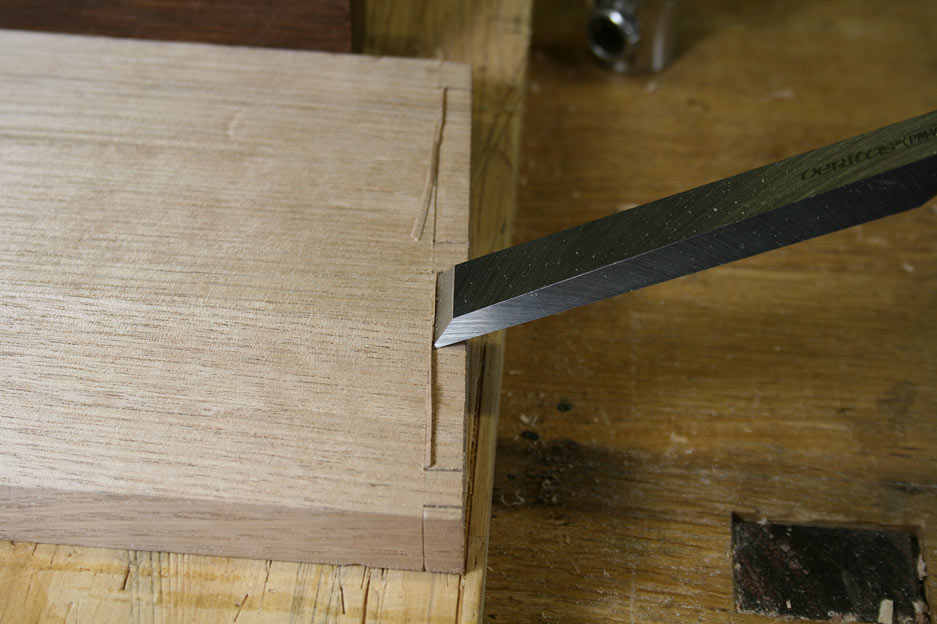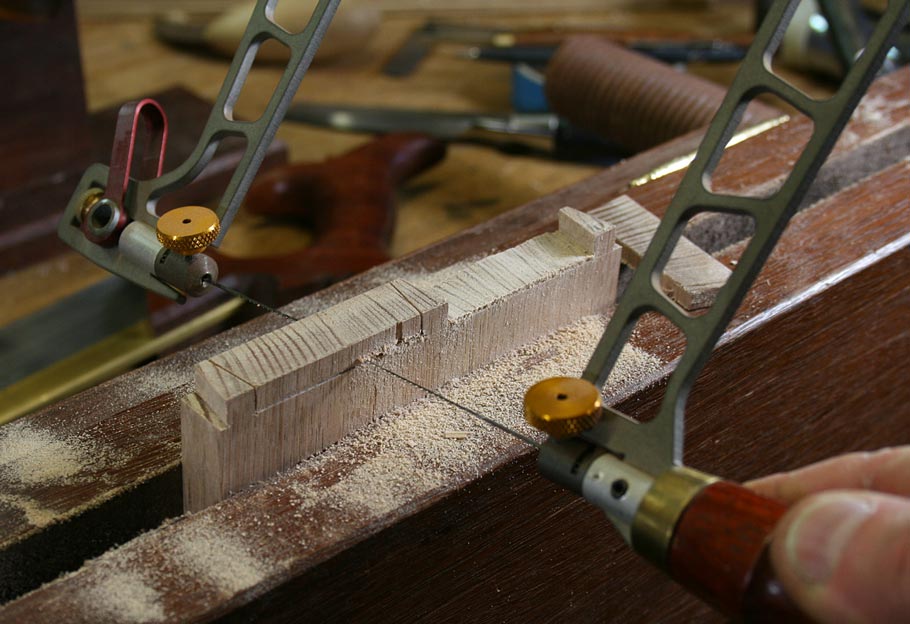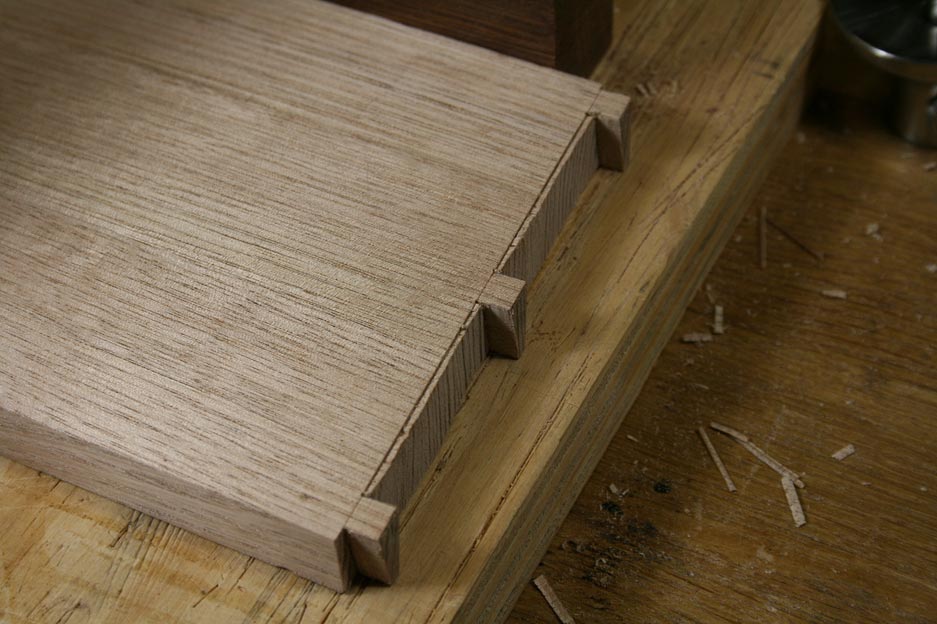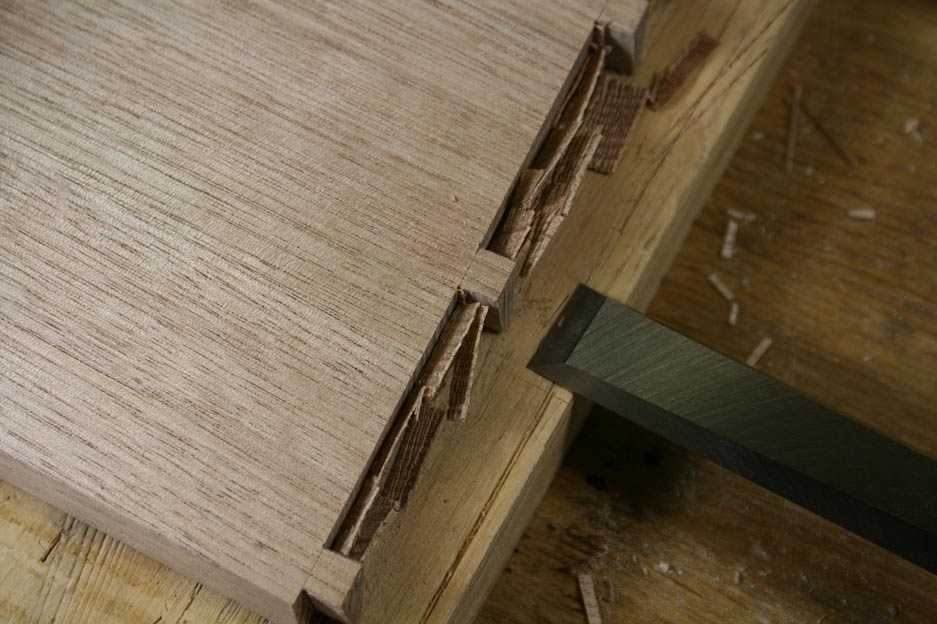Adam W.
A Major Clanger
@Kaizen123 That stuff I'm going to send you will be much easier to work and it's a lot thinner.
I think I'll let you plane it flat, as I don't have the time and it'll be good practice.
I think I'll let you plane it flat, as I don't have the time and it'll be good practice.





































